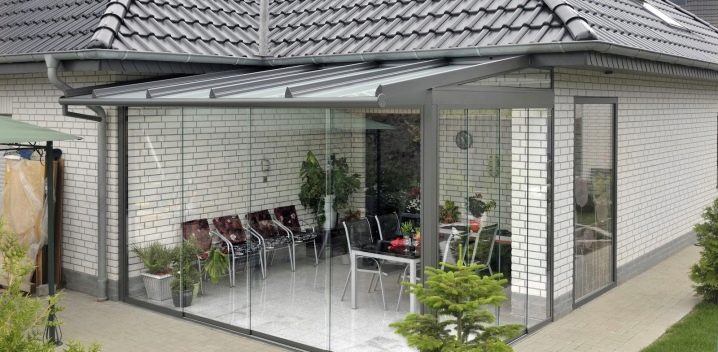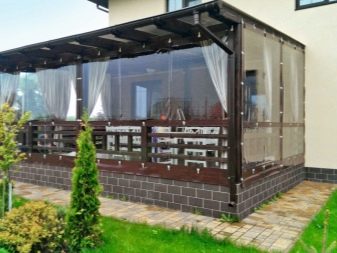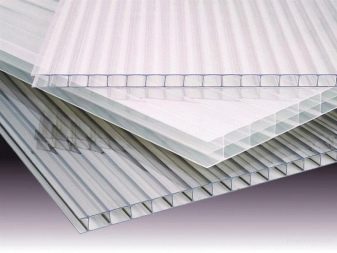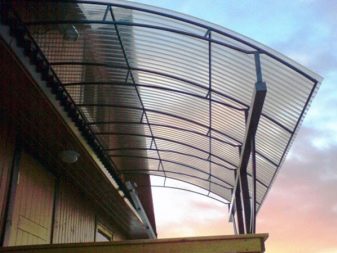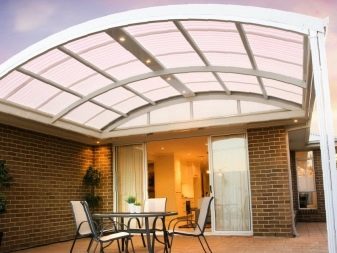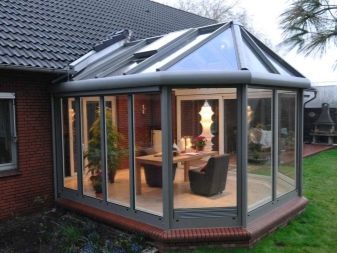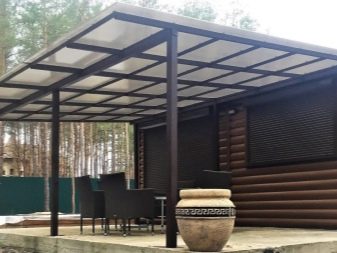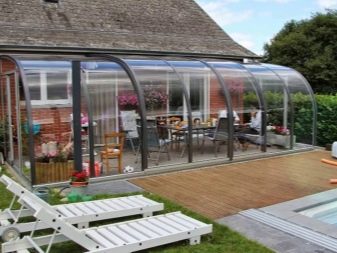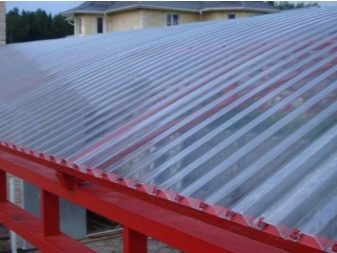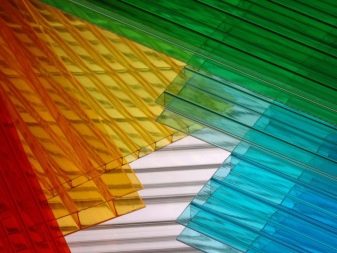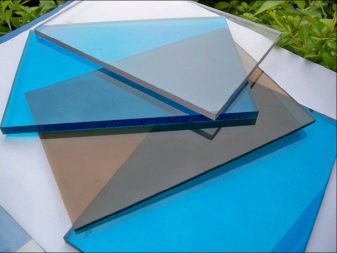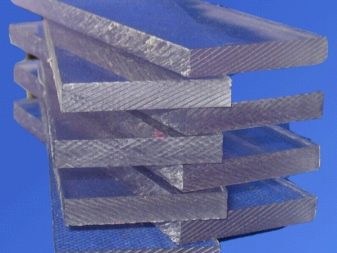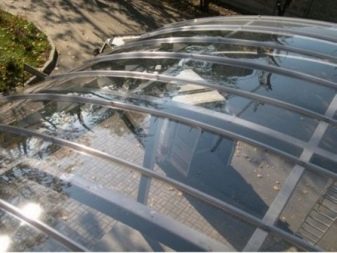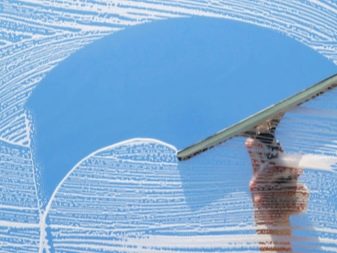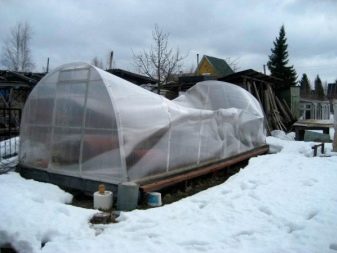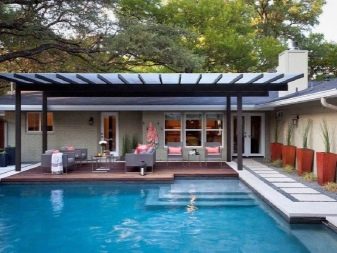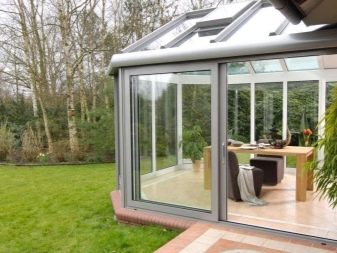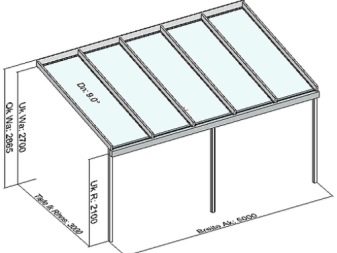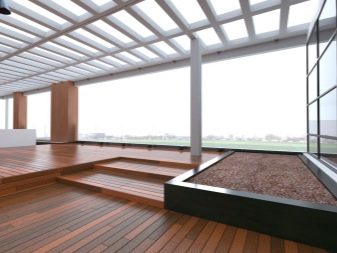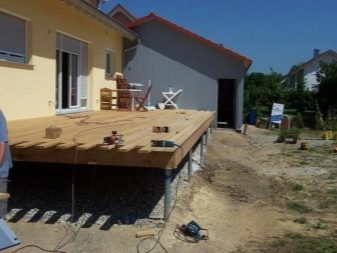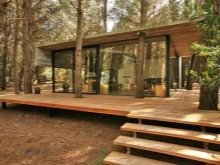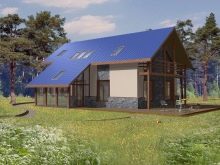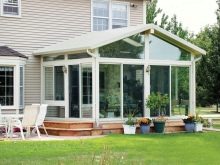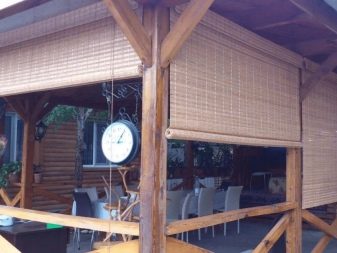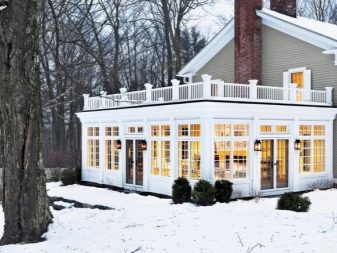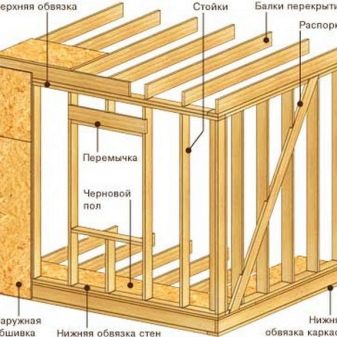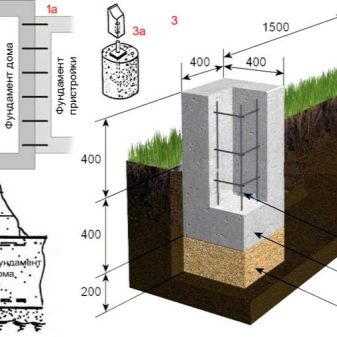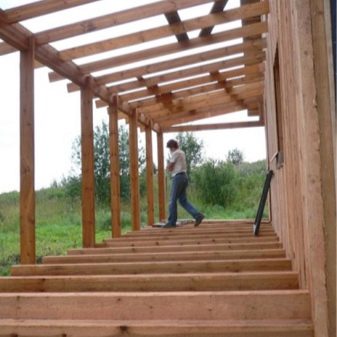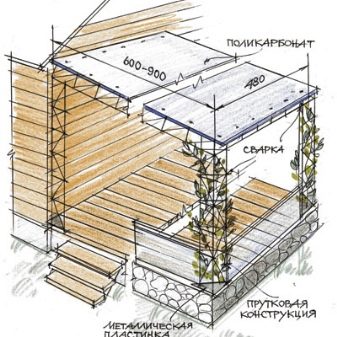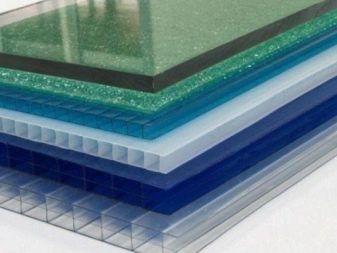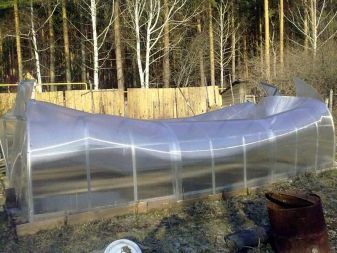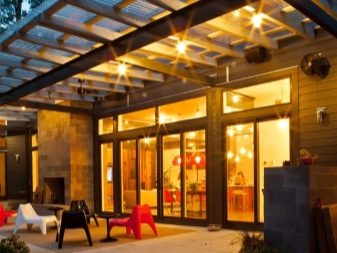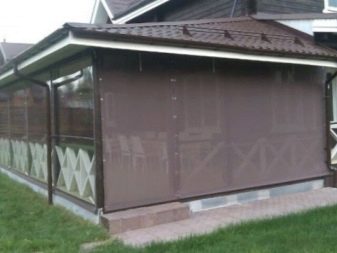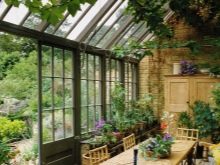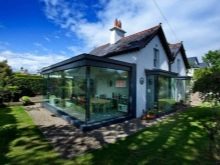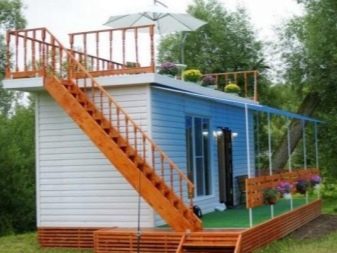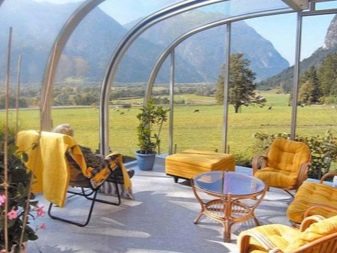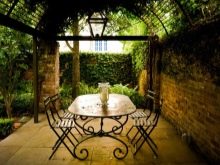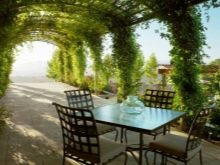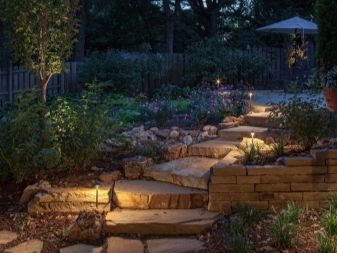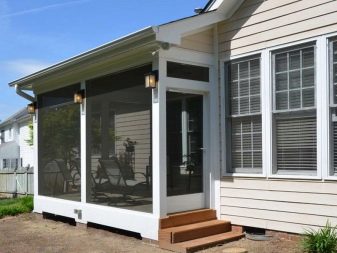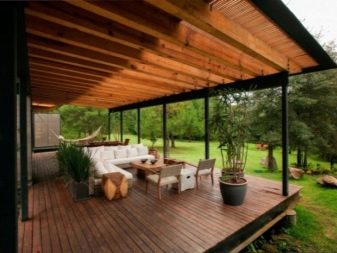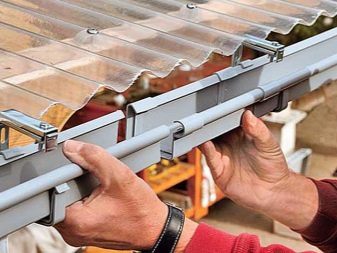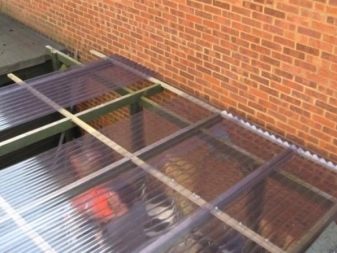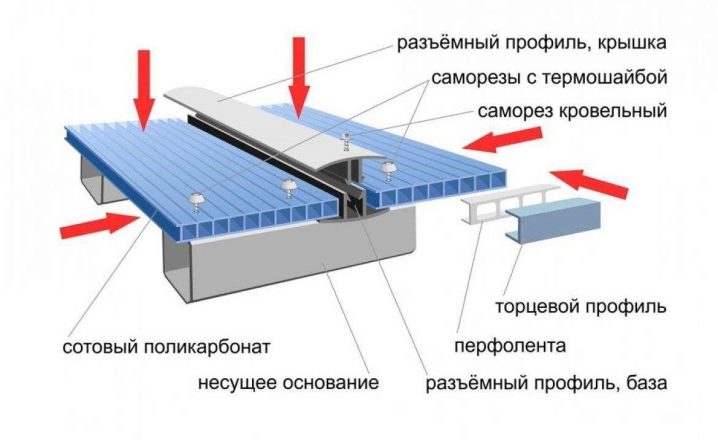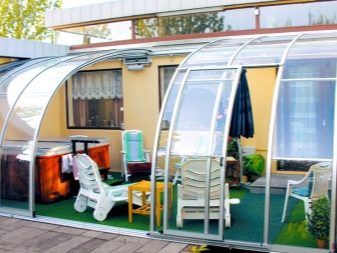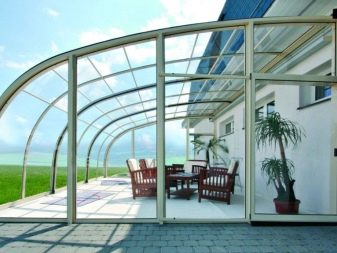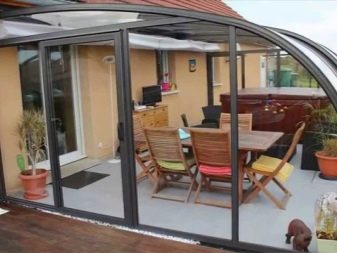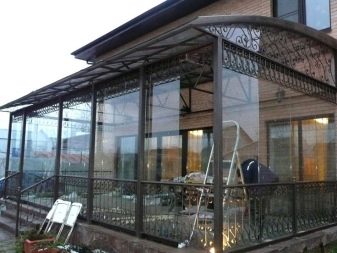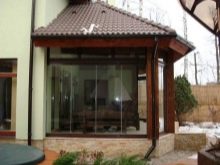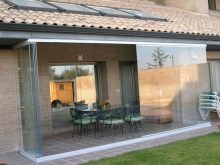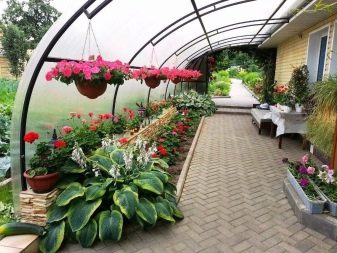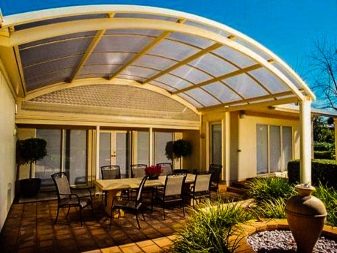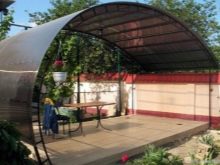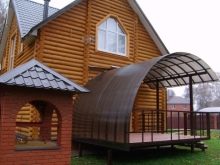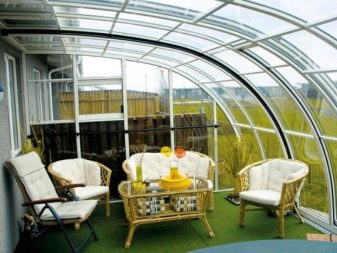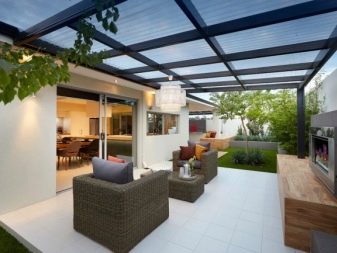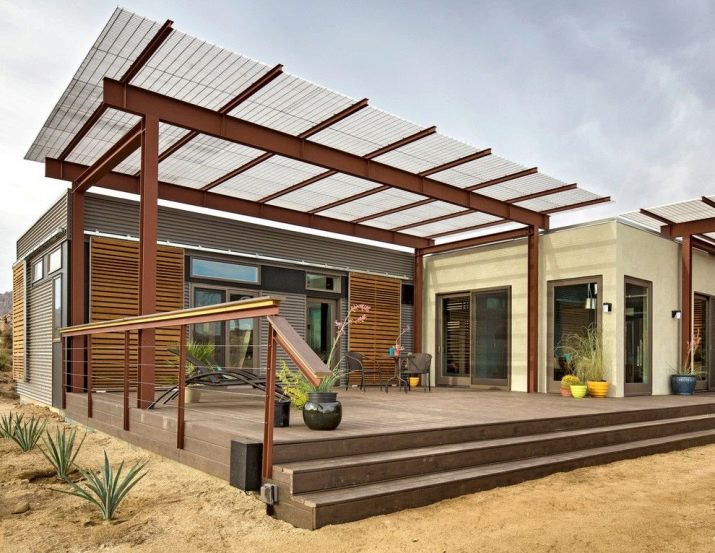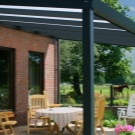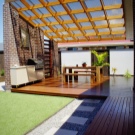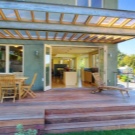Terraces and verandas of polycarbonate: the pros and cons
One of the main advantages of private houses is the ability to create additional comfort for residents. This can be achieved in different ways: by adding an attic and a garage, building a garden gazebo, building a bath. And, of course, the rare owners of suburban real estate will refuse to have a terrace or veranda - these are the architectural elements that make the suburban holiday full-fledged, and also participate in shaping the exterior of the house, giving it individual traits and expressiveness.
For the construction of such buildings, along with traditional materials - wood, brick, stone and glass, transparent and colored cellular or solid polycarbonate is used. This modern building material has high performance properties.and allows you to create aesthetic, reliable and functional translucent structures - stationary, sliding, closed and open type. In our article we will talk about the possibilities of polycarbonate and options for arranging with it the verandas and terraces.
Special features
Single-storey or two-storey country houses may have only a veranda or terrace, or provide for both versions of these buildings. Immediately find out the fundamental difference between them.
The terrace is an open area with a monolithic or raised pile foundation. The exterior design of the terraces is largely determined by local climatic conditions. In the southern regions, a fully open option with vegetable fences instead of traditional railing is justified, whereas in the central European part of Russia with a temperate continental climate, terraces are characterized by a tent or roof. Veranda can be called a closed terrace. In most cases, this indoor space is not heated and forms a single whole with the main building due to a common wall or corridor as a connecting link.
For a long time translucent constructions - greenhouse pavilions, greenhouses, gazebos, sheds and all sorts of décor, were created from widespread traditional light-transmitting material - silicate glass. But its high cost, combined with fragility, was by no means arranged for everyone.
The situation was changed by the appearance of polycarbonate, a high-strength and ductile material with a large bearing capacity.
This building material is:
- monolithic, with external similarity to silicate glass due to a flat, smooth surface and transparency;
- Stoovy in the form of hollow plates with a cellular structure. The shape of the cell formed by a multilayer plastic can be rectangular or triangular.
Strengths
- It has a light weight. Compared with glass, monolithic sheets weigh half as much, while for cellular ones this indicator can be multiplied by 6.
- High strength properties. Due to the increased bearing capacity, polycarbonate can withstand intense snow, wind and weight loads.
- Translucent quality. Monolithic sheets transmit light in a larger volume than silicate glass constructions. Cell sheets transmit visible radiation by 85-88%.
- High sound absorption and thermal insulation characteristics.
- Safe. In the event of damage to the sheets, fragments are formed without sharp edges that can injure.
- Undemanding to maintain. Caring for polycarbonate is reduced to washing with soapy water. It is prohibited to use ammonia as a cleaning agent, under the action of which the plastic structure is destroyed.
The disadvantages of the material include:
- low abrasion resistance;
- destruction under conditions of intense exposure to UV radiation;
- high rates of thermal expansion;
- high reflectivity and absolute transparency.
Subject to a competent approach to installation, these flaws are easily fixed.
Project
The main value of suburban housing is the ability to relax in the lap of nature. The presence of a terrace or veranda contributes to the realization of this desire in full and guarantees the most comfortable pastime outside the walls of the house. However, self-drafting of these buildings has a number of features.
When designing the terrace you need to take into account some points.
- The height of the building is important to calculate in such a way that the design does not get wet.
- It is recommended that residents of the middle lane orient the building to the south. When the terrace is planned to be used mainly in the afternoon, it is logical to place it on the west side.
- The ideal location of the extension implies a good overview of the designer beauty on the site against the background of the surrounding landscapes.
In addition to the construction of a standard open area, you can consider several options.
- Combining the attic and terrace by creating a separate exit to the open area. This is the ideal place to relax, where it is convenient to drink tea in the mornings or evenings, enjoy the picturesque views and enjoy the unhurried flow of country life.
- Construction of the column base under the terrace. In this case, the buildings do the roof and in fact receive a spacious and comfortable open veranda.
If the inhabitants of warm countries on the verandas made mostly to rest, then In our climate, these premises have a wider scope and are classified according to several criteria.
- Location and type of foundation. A veranda can be an independent structure or a premise built-in and attached to the main building and, accordingly, it can have a separate basement or it can be shared with the main building.
- Type of operation - year-round or seasonal. The rooms used only in a warm season, as a rule, not heated and with light-protective curtains, blinds, shutters, screens instead of glazing. Built with heating and double glazing suitable for full use in the winter season.
How to build?
Due to the frame assembly system and the simplicity of fixing polycarbonate plastic, which also has a low weight, it is possible to build a terrace on your own without the involvement of experts from the outside.
Polycarbonate construction technology is identical to the process of building porches or terraces from any other materials and occurs in several stages.
- the design of the future structure is being developed;
- formwork is installed, after which the foundation is poured (tape, columnar, monolithic);
- supporting posts are mounted (cant can be used instead of the metal profile) and floors;
- rafters made of wood or metal;
- walls and roof are sheathed with sheets of polycarbonate plastic.
Regardless of the type of future construction - a terrace or a veranda, it is important to choose the right thickness of polycarbonate, calculating the wind and snow load, taking into account the specific operating conditions. Masters do not recommend veneering exterior structures with a honeycomb polymer with a minimum sheet thickness.
If you sheathe the building with a thin plastic, then under the influence of an aggressive external environment, the material quickly loses its margin of safety, starting to deform and crack. The optimum material thickness for canopies is 4 mm, and the visors are best made from 6 millimeter sheets.
Open structures are lined with sheets of 8-10 mm thick, and closed ones are sheathed with thicker material from 14-16 mm thick.
Project selection
For giving the open veranda with a lean-to roof is suitable. This roof option looks good on summer terraces, gazebos or small cottages.This coating provides a sufficient level of natural light, making the design looks light and airy.
The front part can be installed as a windshield blister, and from the ends you can close the building with polycarbonate sheets. An alternative to a transparent roof can be the installation of a shed lined with metal tiles.
The light transmission capacity of monolithic polycarbonate is no worse than that of silicate glass. Therefore, arched closed structures with a semicircular plastic transparent roof, due to which internal insolation is multiplied many times, with the onset of winter can serve as greenhouses or greenhouses.
It is not difficult to erect round structures except for the only inconvenience in the form of a protruding outer wall, which is compensated for by the increased internal space of such a building.
The advantages of square or rectangular constructions are compact and simple assembly, thanks to the correct geometry of the structures.
The construction of a two-story terrace attached to the main house allows the use of the upper platform for sunbathing,and on the lower tier due to the shady canopy to rest comfortably. The upper platform is protected by railings on a metal frame, lined with monolithic polycarbonate.
The popularity of arched modules that combine the roof with the walls, due to the possibility of creating multi-functional sliding porches with manually adjustable glass area. And externally, such designs look aesthetically and stylishly due to the smooth and elegant lines.
Design
The construction of a terrace or veranda allows to connect the closed space of the dwelling and the nature into a single whole and opens up wide possibilities for the design of these buildings.
- Fencing They can be made protective or decorative, for example, in the form of a low, graceful fence or pergolas - canopies of several arches decorated with weeds or pottery compositions of bright ampelous plants. The perimeter is well decorated with ornamental shrubs and flowers.
- Instead of the standard roof, you can use a removable awning, retractable awnings, a portable umbrella.
- When the terrace or veranda is not attached to the house, but is located separately in the courtyard, then a path is used as a link between the buildings.For the decoration of the way, spotlights, built into the niches of the ground covering, or LED lights plus one or several openwork arches will be suitable to create the effect of a luminous tunnel.
For a summer terrace or open terrace, it is advisable to choose plastic of muted dark colors. - smoky, shade of tobacco, the color of bottle glass with a grayish or bluish subtone. Being on the veranda of red, blue or bright green color can cause irritation.
When the frame is made of wood, then after antiseptic treatment and varnishing, the tree becomes reddish. In this case, brownish or orange polycarbonate is selected for the roof. Such tones contribute to creating a relaxing atmosphere and increase the color temperature of the interior porch.
Tips
Recommendations of masters for working with polycarbonate plastic.
- In order to protect the structure in the cold season from the formation of ice and to prevent the avalanche-like convergence of snow, install drains and snow catchers.
- It is better not to risk and not to use arched modules, since it is extremely difficult to mount the dome veranda yourself.Due to minimal errors, the construction begins to "lead."
- Avoid attaching sheets to the overlap, which leads to accelerated depressurization of the structure and, as a result, leaks. For this purpose, necessarily used connecting profiles.
- Proper fastening of the connecting profiles implies a depth of at least 1.5 cm in the profile body, and the profiles themselves must be exclusively aluminum.
- It is desirable to install the roof at an inclination of 25-40 °, so water, dust and foliage will not linger on the surface, forming pools and piles of garbage.
- It is strictly forbidden to use PVC profiles. Polyvinyl chloride is sensitive to UF-rays and is incompatible with polycarbonate plastic in its chemical properties.
- To protect the cellular polycarbonate from damage, the sheets are sealed with special tape, and the tips are put on the corners. The protective film is removed upon completion of all installation operations.
Beautiful examples
Polycarbonate is perfectly combined with a variety of building materials, in this respect it is considered universal. Constructions made of this material look great against the background of houses lined with PVC siding,harmoniously complement the structure of brick and do not enter into a dissonance with wooden buildings. We offer to verify this by examples in the photo gallery.
Among the constructive solutions of polycarbonate porches one of the most practical in operation and interesting in terms of design are designs with sliding side walls and a roof.
When outside it gets cold or prolonged rains, an open veranda can easily be transformed into a warm insulated room.
Panoramic glazing is beneficial in all respects: it multiplies the natural illumination of the room and makes it illusively more voluminous. Externally, these verandas look very presentable and stylish.
Arched polycarbonate verandas are beautiful in their own right and add visual appeal to the home. True, to implement such a project requires a professional approach, but the end result is worth the time and money spent.
The interior of the veranda is no less important than the exterior. Classic furniture for the verandas and terraces are wicker items of furniture. Ecodesign accepts furniture ensembles from the array.
The most practical solution is the use of plastic furniture.
Open verandas with a single sloping polycarbonate plastic roof provide excellent visibility and reliably protect against bad weather. Despite the extremely simple design, these designs look fresh and elegant.
For information on how to install a polycarbonate roof, see the following video.
